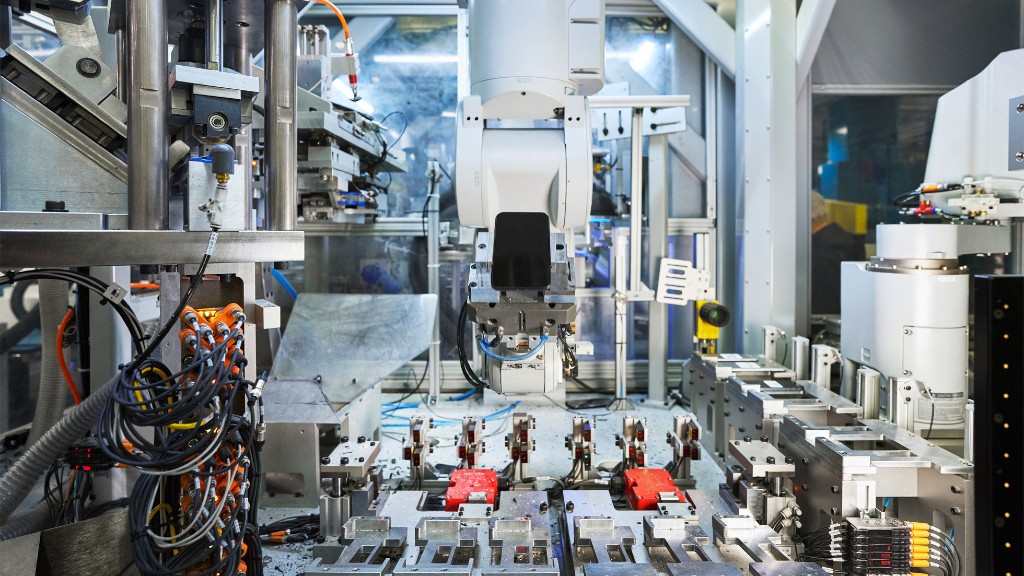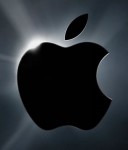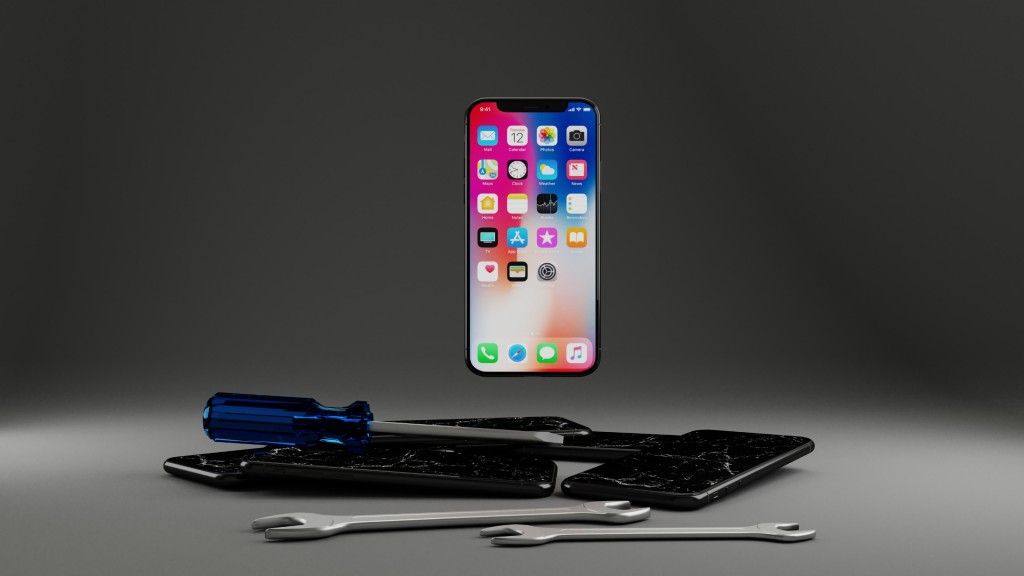
Apple has released details on the increased use of recycled content across its products. For the first time, Apple has introduced certified recycled gold, and more than doubled the use of recycled tungsten, rare earth elements, and cobalt. Nearly 20 percent of all material used in Apple products in 2021 was recycled, Apple's highest-ever use of recycled content.
Apple details this progress, its recycling innovation efforts, and clean energy in its 2022 Environmental Progress Report.
The company also shared new ways customers can celebrate Earth Day, including supporting World Wildlife Fund by using Apple Pay. With educational resources, curated content, and engaging activities across platforms, Apple customers can take opportunities to appreciate the environment from wherever they are, learn about climate change, and support causes and communities working to protect the planet.
"As people around the world join in celebrating Earth Day, we are making real progress in our work to address the climate crisis and to one day make our products without taking anything from the earth," said Lisa Jackson, Apple's vice president of environment, policy, and social initiatives. "Our rapid pace of innovation is already helping our teams use today's products to build tomorrow's, and as our global supply chain transitions to clean power, we are charting a path for other companies to follow."
More recycled and responsibly sourced materials across Apple products
To help its recycling partners build momentum, Apple has launched its newest recycling machine, Taz, a machine that improves material recovery from traditional electronics recycling.
In 2021, 59 percent of all the aluminum Apple shipped in its products came from recycled sources, with many products featuring 100 percent recycled aluminum in the enclosure. Apple has also made significant progress toward the company's goal to eliminate plastics from its packaging by 2025, with plastics accounting for just 4 percent of packaging in 2021. Since 2015, Apple has reduced plastic in its packaging by 75 percent.
Additionally, Apple products in 2021 included:
- 45 percent certified recycled rare earth elements, a significant increase since Apple introduced recycled rare earth elements in its devices.
- 30 percent certified recycled tin, with all new iPhone, iPad, AirPods, and Mac devices featuring 100 percent recycled tin in the solder of their main logic boards.
- 13 percent certified recycled cobalt, used in iPhone batteries that can be disassembled by Apple's recycling robot Daisy and returned to the market.
- Certified recycled gold, featured – for the first time in any Apple product – in the plating of the main logic board and wire in the front camera and the rear cameras of iPhone 13 and iPhone 13 Pro. To achieve this milestone, Apple pioneered industry-leading levels of traceability to build a gold supply chain of exclusively recycled content.
Recovering more materials for use in future products helps reduce mining. From just one metric ton of iPhone components taken apart by Apple's recycling robots, recyclers can recover the amount of gold and copper companies would typically extract from 2,000 metric tons of mined rock. Apple is also committed to extending the lifetime of its products through refurbishment. In 2021, Apple sent 12.2 million devices and accessories to new owners for reuse, extending their lifetime and reducing the need for future mining. Ultimately, Apple aims to use only renewable or recyclable materials in its products – a goal announced in 2017 that has charted the company's pathway in design and material sourcing.
Taz, a machine that uses new shredder-like technology to separate magnets from audio modules and recover more rare earth elements, is the latest in a series of recycling advancements from Apple. The company has also further expanded the capabilities of its iPhone disassembly robot Daisy to take apart 23 models of iPhone and has offered to license those patents to other companies and researchers free of charge. An additional robot, Dave, disassembles Taptic Engines, helping to recover valuable rare earth magnets, tungsten, and steel.
2022 Environmental Progress Report
In addition to charting progress in recycling and material stewardship, Apple's 2022 Environmental Progress Report highlights the company's work to become carbon neutral across its supply chain and the life cycle of every product, as well as progress in reducing waste and promoting the safer use of materials in its products.
In a year when many other companies saw large increases in their footprints and the company's revenue grew 33 percent, Apple's net emissions remained flat. Apple has been carbon neutral for its global operations since 2020, and has relied on 100 percent renewable energy to power its offices, stores, and data centres since 2018.
Apple suppliers have more than doubled their use of clean power over the last year, with over 10 gigawatts operational out of nearly 16 gigawatts in total commitments in the coming years. As of this month, 213 of the company's major manufacturing partners have pledged to power all Apple production with renewable electricity across 25 countries. In 2021, these renewable projects avoided 13.9 million metric tons of carbon emissions, the equivalent of removing 3 million cars from the road for one year.



